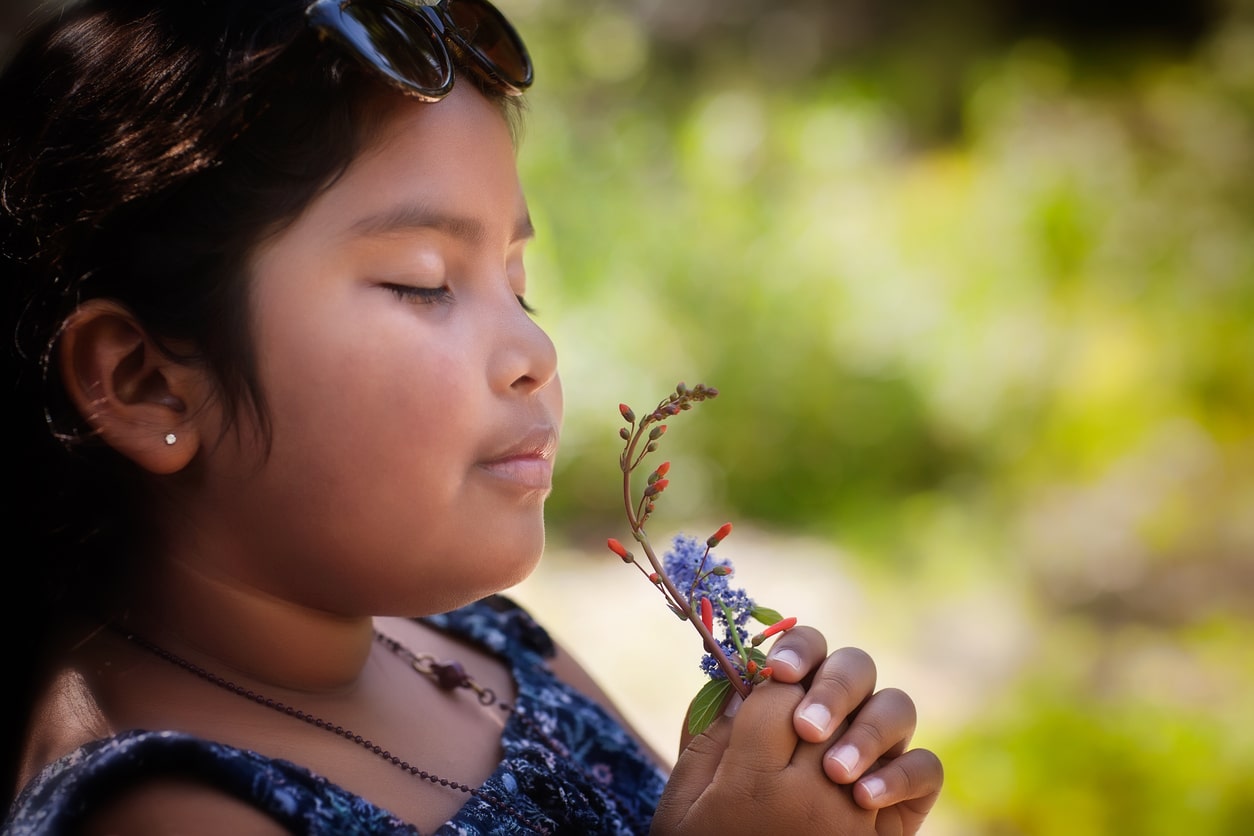
How Do Sensory Activities Help Children Learn About Their Environment?
How do you learn about the world from earliest infancy? Most people associate education with school and books, but the reality is people learn through all of their senses — and more than five exist. People experience external input in various ways, which is why sensory activities are so powerful for helping children learn about their environment.
Parents, teachers, coaches, therapists and others can harness the power of all the senses to encourage children’s growth and development. Here’s how to use environmental sensory activities to engage young learners, including those who are sometimes tough to reach.
What Are Sensory Activities?
A simple definition of sensory activities is a physical or mental discipline that engages one or more senses. That’s where it gets tricky, though. Most folks consider humans to have only five or six senses, but experts disagree. Although the exact number given varies from researcher to researcher, health expert Emma Young has identified 32 — a lot more than a simple “sixth sense.”
For example, proprioception is your perception of your body’s movement and positioning in space without sight or touch as guides. An example is closing your eyes and touching your finger to the tip of your nose. Interoception is your perception of physical sensations arising from inside the body, which may partially explain why some people experience pain more acutely or experience aches with no apparent basis.
Sensory activities may engage any of the wide range of senses. Here’s how they affect your child’s learning and development.
The Role of Sensory Play in Your Child’s Development and Learning
Sensory play can transform a child’s learning and development. Their senses are how they experience the world — and how you can reach them.
For example, autistic children don’t process input like neurotypical children. Differences in their tactile sense, proprioception and interoception can spur behaviors that frustrate parents. However, meltdowns often result from hypersensitivity to certain stimuli, even though such kids may appear hyposensitive at other times. Such kids aren’t intentionally manipulating adults through tantrums, but seeking relief from discomfort via the only means they have.
A little mindfulness and education can help you parent more effectively. Even adults who get too hot or dehydrated can behave badly because of sensory overwhelm. Recognizing this principle and realizing your child’s behavior may spring from a similar source prompts you to take the necessary steps to seek evaluation and supportive care for both you and them, if their behavior differs from the norm.
Sensory Play Is for Every Child
Sensory activities aren’t only for the neurodiverse crowd, however. You probably learned back in school, some folks are tactile learners, while others do better with visual or auditory presentations. Engaging each of a child’s senses liberates them to learn about their environment in a way that’s natural to them, encouraging agency, curiosity and a healthy desire to interact with others and the world.
3 Environmental Sensory Activities to Practice With Your Child
Now that you understand why sensory activities are so crucial to child development, how can you tap into their magic? Here are three environmental sensory activities you can practice with your little one.
1. The Safe Zone
This environmental sensory activity might look a lot like “playing fort,” something most kids love. What would your child’s ultimate safe, secret escape spot for soothing themselves look like? Let them guide you through designing their shelter, with you asking questions to help them associate the physical sensations of safety with the words for expressing it.
For example, some children might adore a weighted blanket, as it engages their parasympathetic nervous system like a hug. Others might require a special stuffed toy or a lookout porthole where they can keep an eye out for “enemy spies”. Helping your child create a safe zone also provides a loving suggestion for where they can go to self-soothe when they feel anxious or upset.
2. Natural Immersion
Camping isn’t just an affordable way for families to vacation. It’s also an immersive sensory experience that focuses attention, builds awareness and helps your child answer questions weighing on their young minds they may lack the words to ask.
Tune into physical sensations while in the woods — even the not-so-pleasant ones. For example, have your child contrast the cold air on their skin against the warmth of their sleeping bag. Ask how their legs and bodies feel after a hike. Make a walk in nature a sensory experience, exploring what you see, hear and smell along the way.
3. Mindful Chocolate
Most kids love candy and will leap at a chance to do an activity involving a coveted treat. The mindful chocolate exercise teaches children patience, but more importantly, how to tune into their physical sensations and how they affect their behavior. Here’s a sample script to use with your little one:
- Begin by having your child draw awareness to their senses before introducing the treat. What do they see, smell and hear? How do they feel?
- Then, introduce the chocolate with the instructions not to eat it. Ask your child to observe it while noticing changes in their body. Do they lick their lips? Do they start to drool a bit? Does their heart rate increase in anxious anticipation?
- Have your child take a small nibble and explore the physical sensations as it melts in their mouth. Do they like how it feels on their teeth? What happens in their body after that first bite? What thoughts come into their mind?
- Finally, let your little one indulge.
Environmental Sensory Activities and Child Development
You can transform your child’s world through environmental sensory activities. Children are like blank slates, learning about the world through their senses, of which there are more than five.
Try the environmental sensory activities above with your little ones to engage them and encourage their development. Reaching out to children, through the same means they use to explore the world around them, forges connection and facilitates learning. It can also ignite further interest in the environment in which they live.



Post a comment